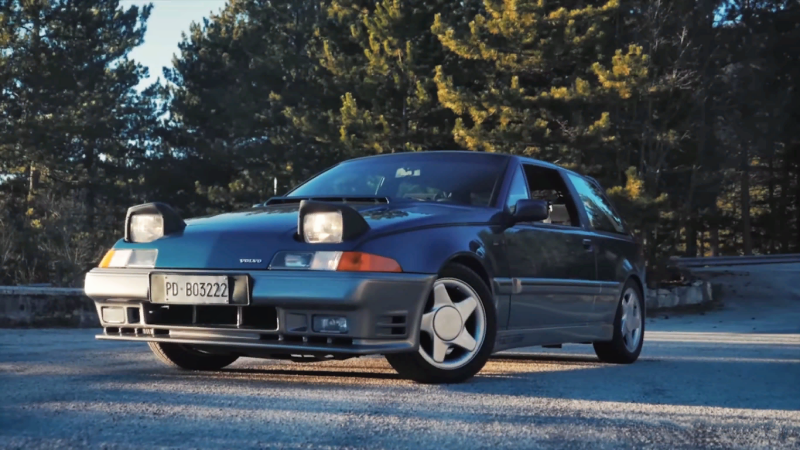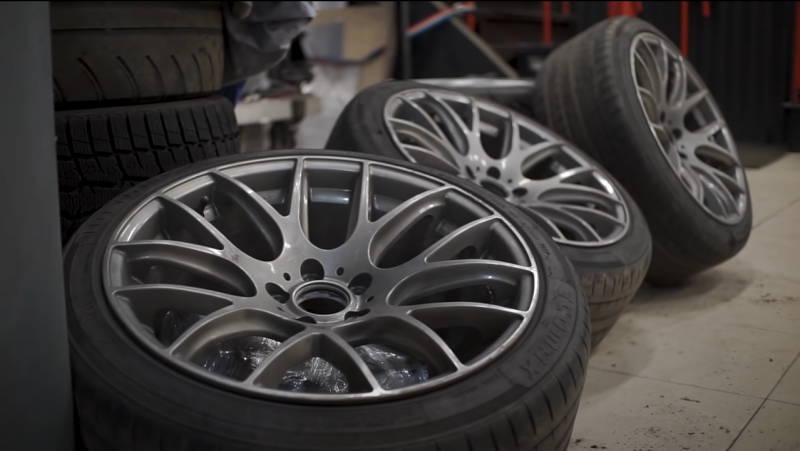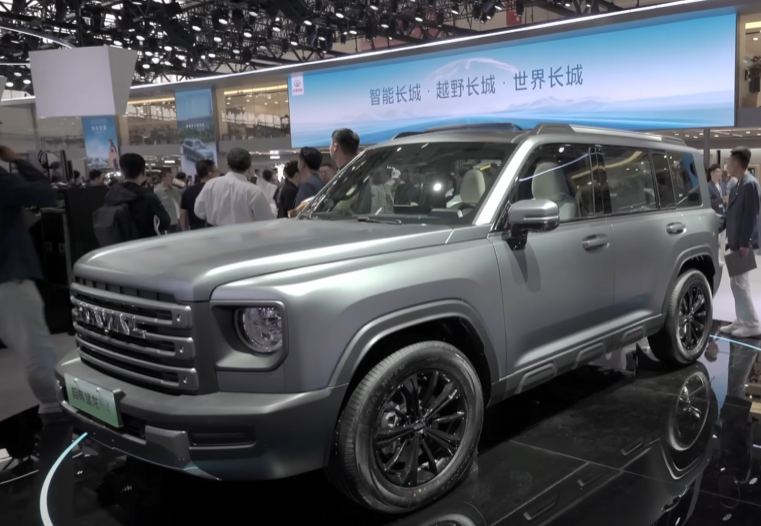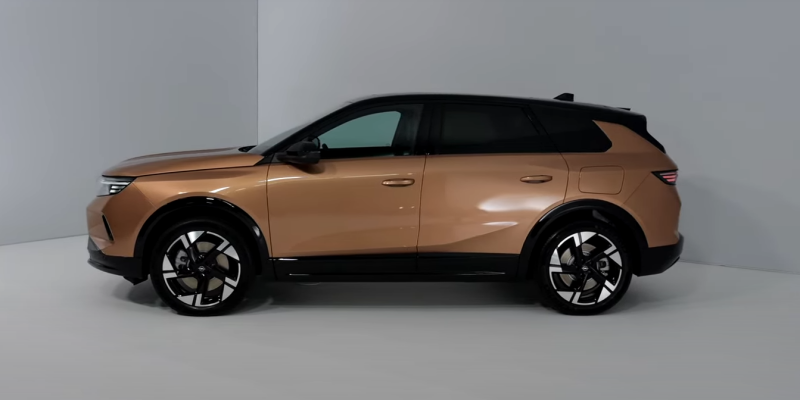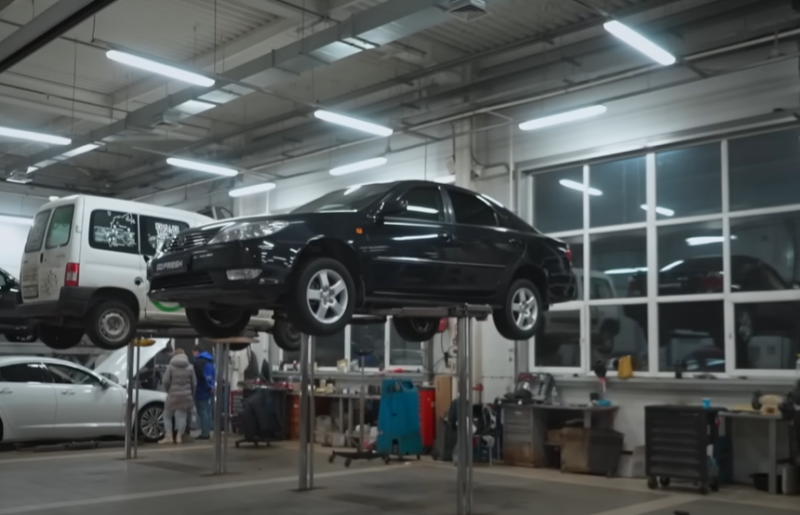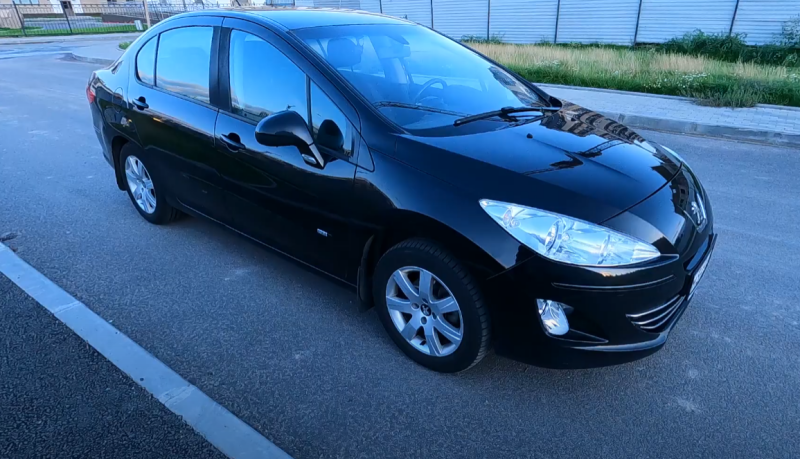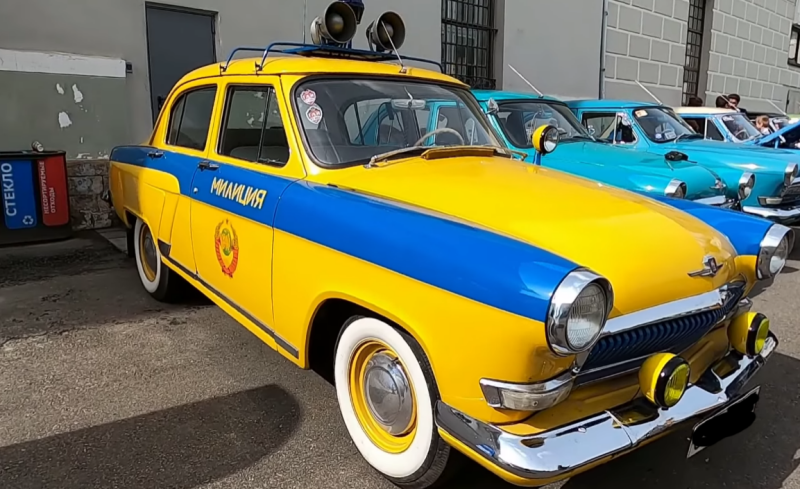Already while the futuristic car was racking up test kilometers, Rolf Mellde's design team began implementing another project. In 1984, compact and practical hatchbacks, led by the legendary Golf, began to conquer all of Europe.
 The front of the Volvo 480 looks good. Photo: youtube.com
The front of the Volvo 480 looks good. Photo: youtube.comMoreover, their popularity grew wherever Volvo regularly exported many cars. In short, the company did not want to miss this opportunity to promote its business. So, the task was specific - to create a compact hatchback that retained all the key features of the Swedish brand:
✅ security
✅ comfort
✅ rich equipment
In addition, all this fit well into the long-term direction of development of the division, the so-called. Galaxy Project, designed to skillfully respond to changes in demand and “think ahead.” And it was in the mid-80s that it focused on the introduction of cars with a driven front axle (following the example of most European manufacturers) and more economical engines.
The difficult path to a new layout
The future “four hundred and eighty” received the development designation as G13. It was supposed to be the smallest of the upcoming line. The parent company has set relatively clear barriers. Among other things, the brief included “practicality and, at the same time, sportiness.” It also emphasized “super fuel efficiency” (due to the fact that it was developed primarily for the American market, it was nicknamed MPG: “Mile Per Gallon”). And yet, the layout is exclusively hatchback, with a clearly defined wheelbase (2400 mm) and overall length (3900 mm).
After announcing a competition for the external design of the new product, the development team received 80 drawings, of which they ultimately chose 4 options. One from Bertone himself, two from Swedish designers Jan Wilsgaard and Rolf Malmgren (both Volvo staff) and a gift from John de Vries, an employee of the Dutch DAF. It's worth noting the obvious Swedish inspiration in the LCP 2000 home prototype. Others didn't have access to it, so their proposals varied quite a bit.
 Front folding headlights on a Volvo 480. Photo: youtube.com
Front folding headlights on a Volvo 480. Photo: youtube.comThese four concepts were built to life size and, after a series of tests, favored the de Vries design, with flip-up headlights and a glass rear wall. True, during development a number of changes and adjustments were made to it before the team began work on the final form. The victory of the Dutch proposal was also decided by the geography of future production - it was carried out at the facilities of the DAF plant.
Some people now remember this with regret, because choosing the Swedish options could have continued the history of the promising “2000” model, which remained at the prototype stage. Moreover, if management had chosen one of the above-mentioned proposals, perhaps the history of the Volvo 480 itself would have been more successful. But, as you know, this lady does not accept the subjunctive mood.
On October 15, 1985, the first photograph of the new Volvo 480 was published, a model that occupies an exceptional place in the history of the Swedish brand. In addition to introducing a common design layout with a transverse engine and front-wheel drive (for the first time in the brand's 60 years of existence), it also stands out for its design.
The official premiere of the 480 ES took place only in the spring of 1986 at the Geneva Motor Show. The body shapes turned out to be strictly square, in the spirit of that time. The author of the interior was the British Peter Horbury, who later became the chief designer of Volvo.
Engines, technical parameters and performance of the 480 ES
An extended and relatively reliable four-cylinder engine manufactured by Renault was chosen as the drive unit (Volvo was part of the PRV alliance in the 80s). However, it was modernized with a Bosch LE-Jetronic injection system, combined with an oxygen probe and a controlled catalytic converter. The engine modified in this way produced up to 108,7 hp. s (80 kW).
In 1988, a version was added with a Garret turbocharger, which increased power to 119,6 hp. s (88 kW). The five-speed manual transmission was also adopted from Renault, leaving unchanged. Here are the main technical indicators:
✅ curb weight - 1008 kg
✅ maximum speed - 190 km / h
✅ acceleration to 100 km/h in 9,5 s
In 1993, a new 2.0I power unit appeared, which slightly improved the dynamics, but the 480 still cannot be called an outright sports car. However, the engine performance turned out to be dynamic enough for fast driving.
 Steering wheel and dashboard with controls. Photo: youtube.com
Steering wheel and dashboard with controls. Photo: youtube.comBritish Lotus helped with chassis tuning, with the car sitting on lower wishbones and McPherson struts at the front and a solid axle at the rear. Of course, all wheels had torsion stabilizers and coil springs with concentric telescopic shock absorbers. All of them also had disc brakes (ventilated at the front).
The car turned out to be revolutionary not only from the outside, but also from the inside. British designer Peter Horbury coped with the task perfectly. Although (unlike the current trend of five-seat hatchbacks) the interior was limited to just four seats, it had its advantages.
The Volvo 480 could offer passengers full reclining seats and massive armrests in both rows. To this it is worth adding a decent number of drawers and shelves for storing things. However, I would list the high loading lip and relatively small trunk as disadvantages.
 Front seats upholstered with high-quality materials. Photo: youtube.com
Front seats upholstered with high-quality materials. Photo: youtube.comThe dashboard has a beautiful '80s style, with lots of buttons, LEDs, indicators and switches. As a completely new feature in Volvo cars, the interior received a CEM on-board computer with its own alarm clock and switch. This turned out to be very practical and existed in the brand's models until the beginning of the new millennium.
Among the interesting features of the equipment, we also note: electrical adjustment, lowering the windows and sunroof on the remote control. And this, in addition to the rich equipment associated with electricity, tinted windows, alloy wheels, air conditioning, etc. However, the model received its first customers only at the beginning of 1987 - shortly before the appearance of the technically related liftback 440 and sedan 460.
End of production without direct successor
The Volvo 480 convertible was presented at the Geneva Motor Show in 1990/91. Like other developments (targa, fastback), it remained only at the prototype stage and today is in the company museum. Just as there was no expansion of the range of body versions, the base model did not receive a version intended for the USA. Therefore, all 76 units produced went exclusively to European buyers.
 Powerful Volvo 480 engine. Photo: youtube.com
Powerful Volvo 480 engine. Photo: youtube.comDespite the initial grand plans, the car was never officially offered outside the continent, and sales fell far short of what Volvo management would have liked. Therefore, production was discontinued without an official successor. The last day of production of the model was July 7, 1995.
